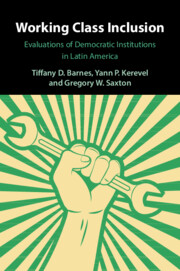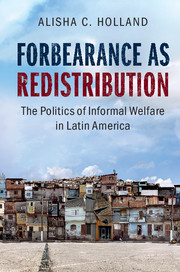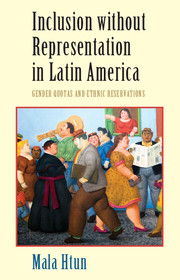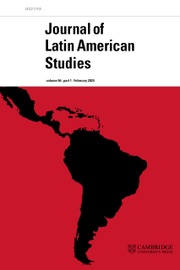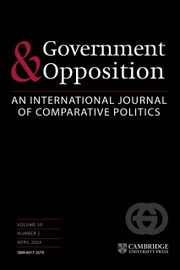Working Class Inclusion
Latin American legislators, like legislators worldwide, are drawn from a narrow set of elites who are largely out of touch with average citizens. Despite comprising the vast majority of the labor force, working-class people represent a small slice of the legislature. Working Class Inclusion examines how the near exclusion of working-class citizens from legislatures affects citizens' evaluations of government. Combining surveys from across Latin America with novel data on legislators' class backgrounds and experiments from Argentina and Mexico, the book demonstrates voters want more workers in office, and when combined with policy representation, the presence of working-class legislators improves citizens' evaluations of government. Absent policy representation, however, workers are met with distrust and backlash. Chapters show citizens have many opportunities to learn about the presence, or absence, of workers; and the relationship between working-class representation and evaluations of government is strongest among citizens who are aware of legislators' class status.
- Combines original survey experiments from Argentina and Mexico with national surveys from 18 Latin American countries
- Uses a mixed-methods research design drawing on both observational and experimental data
- Contributes to the theoretical and empirical literature exploring representation, inclusion, and democracy in Latin America
Reviews & endorsements
‘A major landmark for the study of labour politics.’ Christopher Chambers-Ju, Journal of Latin American Studies
Product details
November 2023Adobe eBook Reader
9781009349789
0 pages
This ISBN is for an eBook version which is distributed on our behalf by a third party.
Table of Contents
- 1. Introduction
- 2. A Theory of Working-Class Inclusion
- 3. Do Voters Want to Be Represented by Workers?
- 4. Will Any Worker Do? The Role of Policy in Linking Workers' Presence to Evaluations of Representatives
- 5. Will Any Worker Do? Linking Parties to Workers in Argentina and Mexico
- 6. How Do Voters Know Workers Are in Office? Political Incentives, Journalistic Dissemination, and People's Ability to Intuit Class
- 7. How Do Voters Know Workers Are in Office? Interest in Politics, News Consumption, and Evaluations of Institutions
- 8. Conclusion.

